What Your Homeowners Insurance Doesn’t Cover: 10 Gaps You’ll Want to Close Before the Next Big Storm | Blog | Vargas & Vargas Insurance

Think your homeowners insurance covers everything?
What if the next storm hits and your claim is denied over a technicality?
In the next few minutes, you’ll learn the 10 most common coverage gaps hiding in standard home insurance policies — and how to fix them before disaster strikes
From floods to mold to business losses, we’ll explain exactly what’s missing and the simple, affordable ways to close each gap.
1. Flood Damage
Standard HO-3 policies do not cover flood damage from storm surge, rising rivers, or heavy rainfall that enters at ground level. It’s one of the most expensive uncovered risks homeowners face.
Fix it: Ask your broker for a flood zone determination and quotes from both FEMA’s NFIP and private carriers. Flood insurance can cost less than $50/month if you’re in a low-risk zone.
Here’s the revised section with the estimated cost of an earthquake endorsement in Massachusetts added for clarity and buyer context:
2. Earthquakes, Sinkholes, and Earth Movement
Most policies exclude any kind of ground movement — including earthquakes, sinkholes, or nearby blasting. In New England, we don’t expect it… until it happens.
Fix it: Consider a low-cost earthquake or “difference-in-conditions” endorsement. It’s especially smart if you live near construction or old infrastructure.
Cost: In Massachusetts, adding earthquake coverage typically ranges from $75 to $200 per year , depending on your home’s location, age, and foundation type.
3. Wear, Tear & Neglect
Insurance is for sudden and accidental damage — not long-term deterioration. That aging roof, rusted boiler, or flaking paint? You’re on your own.
Fix it: Build a home maintenance calendar. For major systems, ask your broker about an equipment breakdown endorsement , which acts like a mini home warranty.
4. Intentional or Criminal Acts
If damage is caused intentionally — by you or someone else — it’s not covered. The same goes for liability claims linked to criminal or reckless behavior.
Fix it: There’s no fix here except prevention. Always act in good faith — and keep your household in check.
5. Business Activity at Home
Running a business or short-term rental from your home? Standard policies typically exclude losses tied to business property, income, or guest liability.
Fix it: Add a home-based business endorsement , or consider a small commercial policy . Hosting on Airbnb or Vrbo? Ask about “host liability” protection.
6. Jewelry, Art, and High-Value Items
Many policies cap theft of items like jewelry, collectibles, or electronics at $1,000–$2,500 total — far less than the value of a single engagement ring.
Fix it: Schedule high-value items individually. It’s affordable and often waives your deductible.
7. Heating Oil Spills
Oil tank leaks — especially underground — can lead to six-figure cleanup bills. Most policies don’t include coverage for environmental damage or personal property loss.
Fix it: In Massachusetts, request an oil spill liability endorsement . It’s a low-cost add-on that covers cleanup and testing.
Here’s the updated version of that section with Massachusetts-specific cost details included:
8. Sewer or Sump Pump Backup
Water that backs up from a drain or sump pump isn’t treated the same as a burst pipe — and it’s excluded without a rider.
Fix it: Add a water backup endorsement . Coverage starts at $5,000 and can go up to $50,000.
Cost: In Massachusetts, this rider typically costs between $40 and $150 per year , depending on the coverage amount you choose.
It’s a small price to pay compared to the thousands it would cost to tear out and replace flooring, drywall, or personal property in a finished basement.
9. Mold From Uncovered Events
Mold caused by slow leaks, humidity, or flooding usually isn’t covered — and even when it is, it may be limited to a few thousand dollars.
Fix it: Stay on top of maintenance, keep your home below 55% humidity, and explore a mold endorsement if you’re in a damp environment.
10. Pest and Vermin Damage
Termites, mice, squirrels, and other critters are considered a preventable issue , not an insurable one.
Fix it: Invest in annual pest control and seal all access points. Currently, there’s no endorsement that meaningfully covers pest damage.
Here’s a smoother, more natural rewrite of that section:
So… What Is Covered?
While there are important gaps to be aware of, standard homeowners insurance still offers essential protection — covering things like fire, theft, wind damage, and more.
The key is knowing what’s not covered . By reviewing the exclusions section of your policy and working with a broker to customize the right add-ons, you can fill those gaps before they become costly surprises .
Ready to Close the Gaps in Your Policy?
Now you know the 10 biggest blind spots in your homeowners coverage — and how to fix each one.
But here’s the thing: the real risk isn’t the storm … it’s discovering too late that your policy ends where the damage begins.
Let’s fix that today.
👉 Call Vargas & Vargas Insurance at 617-298-0655
,
📱 Text us at 617-409-0329
, or
🌐 Request your free policy review
at VargasInsurance.com
We’ll make sure every “what if” is answered before it becomes a “what now.”


